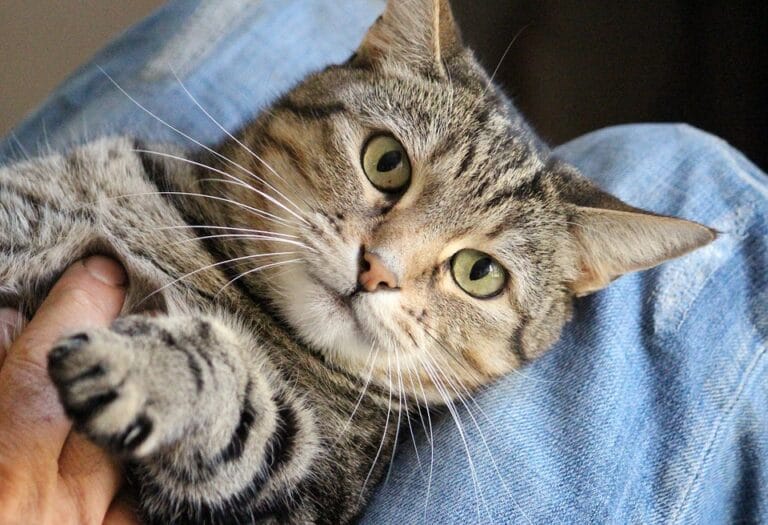How to Control an aggressive cat

In some situations, even the calmest, kindest cat can be a formidable adversary – fear or pain can be the root cause. How do you control an aggressive cat so that it is neither a danger to you nor to itself? Here are some suggestions:
How to recognize an aggressive cat?
Certain behaviors and postures should make you understand that the cat you are facing is not the most cooperative on earth, even to the point of being dangerous.
- Spiky hairs on the back
- Growls, growls
- Flattened ears on the skull
- Eyes Wide Open
- Crab walk with curved back
These behaviors have two vocations: to prevent and to intimidate. If this is not enough, the cat can then kick (with or without the claws) and as a last resort attack.
How to control an aggressive cat?
Except in cases of extreme necessity and in a dangerous situation, it is better to let the storm pass. The risk of injury is far too great.
In the event that the cat manages to be mastered, it will have a very bad memory of this experience and could continue to behave more wary or even dangerous.
It is mainly a question of identifying why the cat has put itself in such a state?
- He’s a wild cat, in which case you’re the danger
- The cat does not want to be touched or caught
- The cat is in pain and the contact is even more painful
- The fear generated by noise or an unsuitable situation …
For situations identified as stressful and potentially triggering an aggressive sequence, such as transportation, care … your veterinarian can help you with the use of soothing essential oil blends.



